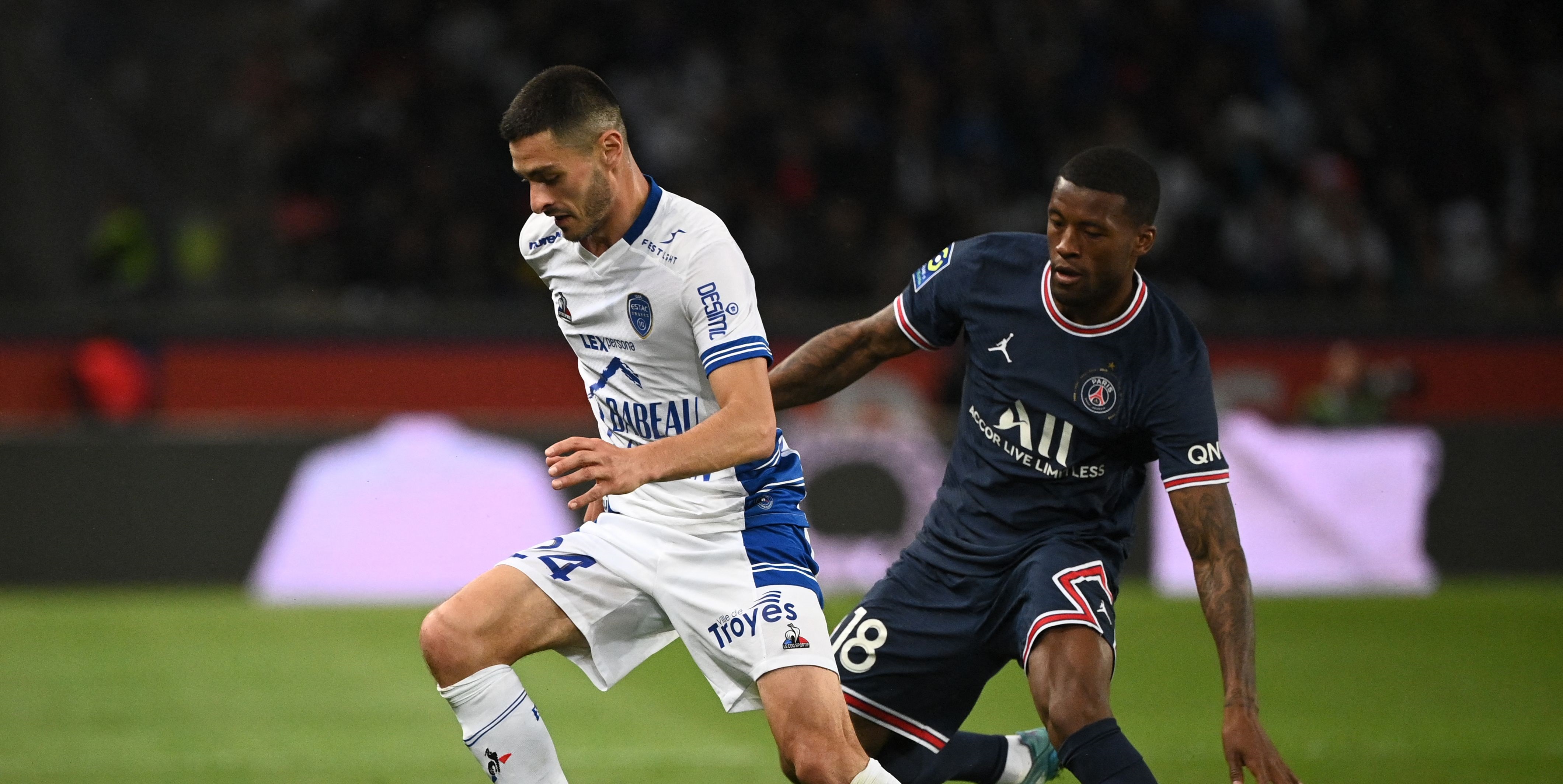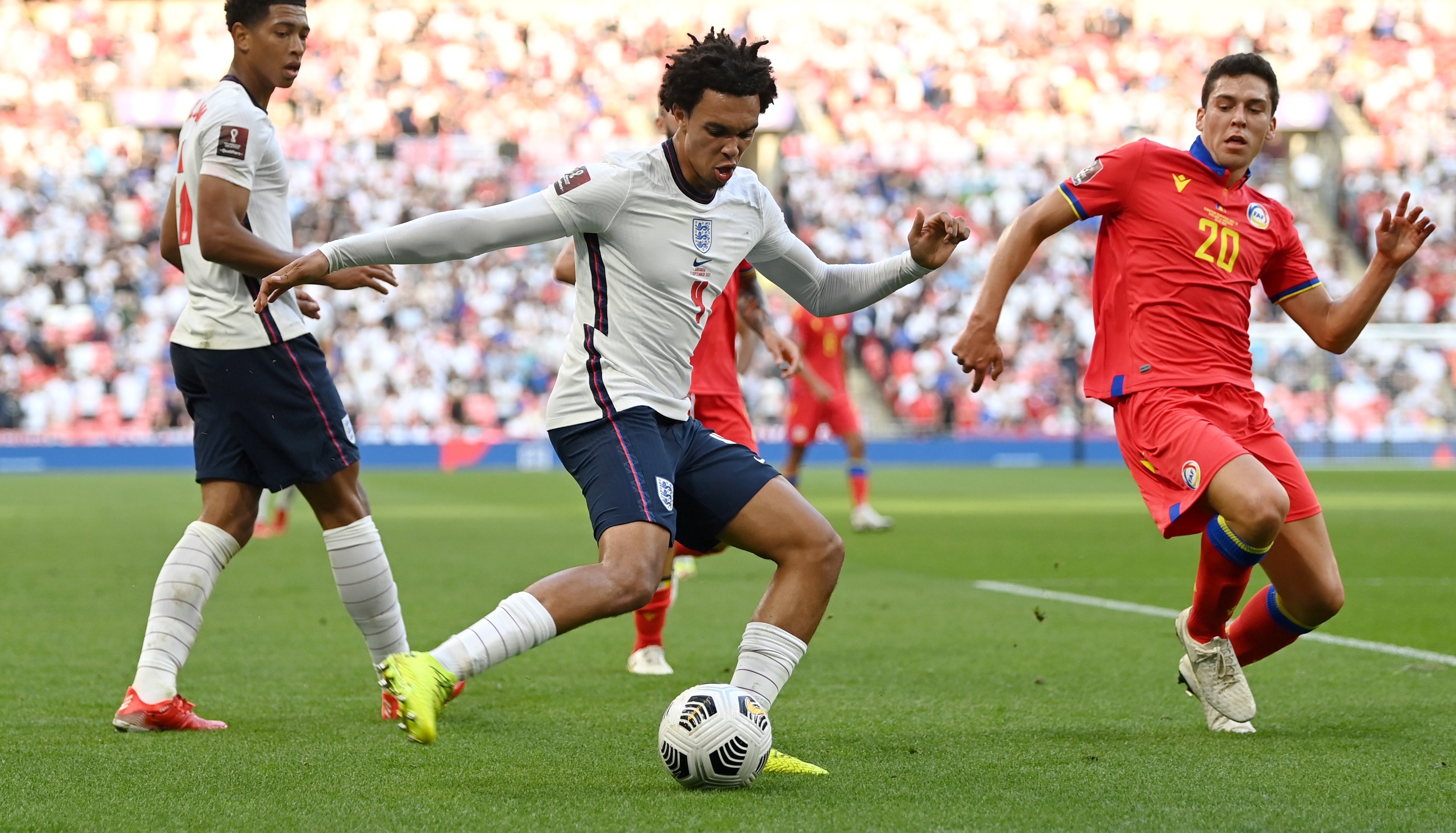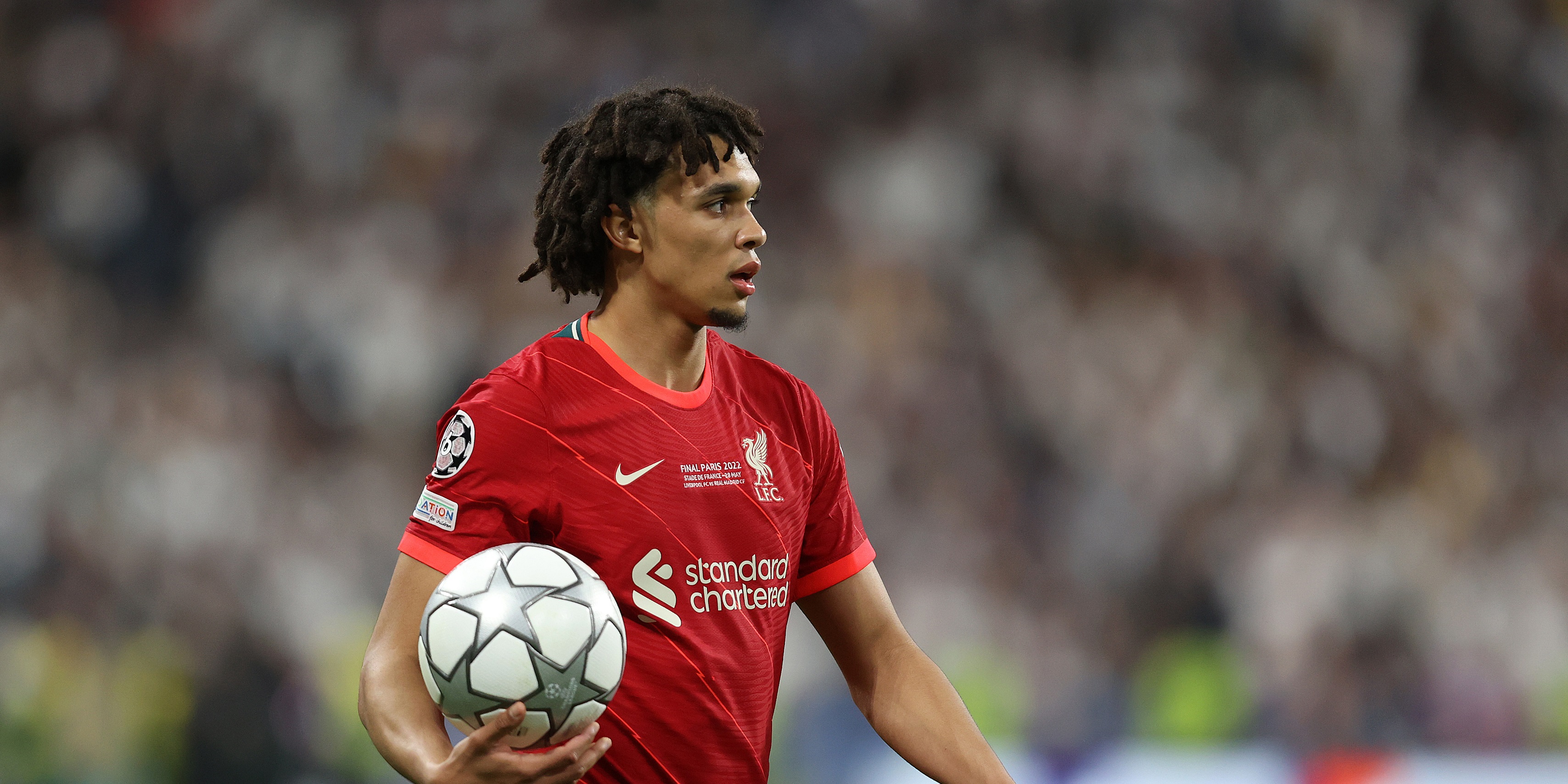By Aaron Cutler (@aaron_cutler)
The following is a guest article by the aforementioned author and is not necessarily representative of opinions held by anyone at Empire of the Kop…
Pre-season is for the die-hards.
Friendlies played out in soaring temperatures and on the back of double sessions rarely make for good spectacles.
The glimpse of a new signing (in a new strip) breaks the monotony but, in truth, these games are to be endured rather than enjoyed. You suspect that’s a sentiment felt by players and fans alike.
Every so often, however, the Liverpool coaching staff will experiment.
Last summer we saw Alex Oxlade-Chamberlain deployed as a false 9; a trial that never made it beyond July.
In 2017, Sadio Mane was shifted to the left-wing, a split test that yielded far better results.
The pace set by Manchester City allows no margin for error nor window for experimentation during the season proper.
Jurgen Klopp may then look to tinker with systems and personnel to a greater extent over the next few weeks when the pressure is off.
The expectation is any change will revolve around marquee signing Darwin Nunez and a possible switch to 4-2-3-1.
Yet the manager may choose to revisit an old idea in a bid to solve a new problem.
Midfield Options
‘Problem’ may be exaggerating somewhat, though your view on Liverpool’s midfield options is likely to be shaped by who you follow on Twitter.
Levelheaded fans – capable of actually enjoying the off-season – will assure you everything is fine.
We have eight, maybe even nine players to pick from in the middle of the park, ranging from experienced heads to promising youngsters.
The doom-mongers will protest loudly – our preferred trio are all injury-prone, we still haven’t replaced Gini Wijnaldum and just what were the club thinking releasing Ben Woodburn?

As always, the truth probably lies somewhere in between; Liverpool are well stocked but do not boast the strength in depth of some of our rivals.
It’s generally accepted we moved for Aurelian Tchouameni and continue to court Jude Bellingham. Both links suggest we would like to reinforce but will not compromise on quality. That’s a stance which has served us well in recent years.
Yet the waiting game may necessitate a plan B heading into the new campaign. And so to a debate that seems older than its actual subject– can Trent Alexander Arnold play in midfield? More to the point, should he?
The short answer is no. Feel free to stop reading at this point.
Generational Talent
The ‘Scouser in our team’ has reinvented the full-back position. A generational talent; he is firmly established as playmaker-in-chief.
The output and numbers are frankly frightening and confirm as much.
61 assists and counting, 32 in the Premier League since 2018/19… second only to fellow Liverpool fan Kevin De Bruyne.
We’re talking about a 23-year-old who has won the lot and so nearly doubled his medal haul.
Why then move arguably the best right-back in the world from a position he has made his own?
You wouldn’t. Not unless circumstances force your hand.
Having risen through the Reds’ academy as a midfielder, there has always been a section of the support that believes our No.66 will be restored to his ‘natural’ position in time.
In reality, there has been little evidence to support that theory.
Indeed Alexander-Arnold has started in midfield for the senior side just twice in five years. Ironically, both appearances came against Stoke – neither went well.
In April 2017, he started as part of a five-man midfield on a day when Klopp rang the changes.
An inexperienced and imbalanced team toiled. Both Trent, who was in truth more right-wing than right mid, and fellow academy graduate Woodburn were swallowed up by the occasion. The pair were substituted at half-time with their team trailing.
A year later a more established Alexander Arnold failed to make an impact from the engine room as Liverpool struggled to break down a resilient Potters side. That contest ended in a stalemate.

His only midfield start since then came for the national team, in one of many examples of Gareth Southgate’s inability to harness a talent.
Shoe-horned in against the mighty Andorra, Trent and England laboured until he was restored to his regular starting berth. For club, if not country.
So, the prospect of Alexander-Arnold being pushed forward would appear remote. Even so, this pre-season may be the time to test it.
Trent’s Numbers
Why now? Because the injury records of some might necessitate a break glass option.
Should the incoming Calvin Ramsey settle, the manager may be more inclined to call upon this fallback if the going gets tough and the treatment room crowded.
Of course, he’ll only do so if it’s been road-tested in pre-season.
Moving our first-choice right-back will though be a balancing act of sorts. This is true of the short and long-term, wherever you see his future.
The idea he would suddenly become more involved is simply not true. Only three players had more possession of the ball in the whole league last season. He currently averages 60.57 passes per game.
For context, that’s more than De Bruyne (52.15), Bruno Fernandes (55.06) and Mason Mount (38.65), the primary architects in their respective sides, all of which will hope to be challenging for the title.
Midfields are by their very nature congested and the likelihood is Trent will see less of the ball fighting for space.
What he may be able to conjure up is more in the way of key passes per game. Yet even that is debatable.
His average of two is bettered by De Bruyne (2.9) yes, but the Belgian is every bit the outlier.
Bruno Fernandes only posts (2.1), while Mount has less cutting edge (1.8).
Elsewhere, our man crosses with greater regularity.
The average across his career is 1.8 per game, compared to De Bruyne’s 1.7, Fernandes’ 1.1, and Mount’s 1.2. This owes much to the space afforded out wide. Space that is harder come by in the thick of things.
Focusing on last season alone, Trent created 18 big chances. That’s more than De Bruyne (16), Fernandes (15) and Mount (10). In fact, only Harry Kane (19) posted more.
What does all that tell us? That he’s having quite the impact from right-back. In case you hadn’t noticed.
From a Liverpool perspective, the closest midfielder to Trent when it comes to big chances created is Henderson – who managed 12 fewer.
The full-back also recorded the most forward passes in the team, 899 compared to Henderson’s 619, Fabinho’s 418, Thiago’s 398, and Keita’s 207.
Possible advantages of moving him forward include improving his average number of through balls per game – which currently stands at 0.1. Given his vision and technique, there is every chance this would rise from the middle of the park.
There is also the likelihood of increasing his shots per game from 1.1.
He clearly strikes a ball better than any of our current midfield options but is rarely in a position to go for goal, unless it’s from a dead ball situation.
Yet that trade-off hardly seems worth it.
In Case of Emergency
These stats serve to underline Trent’s natural ability but also his importance to the system itself.
He would – given time – mature into one of the finest midfielders in the country. He is though already the best right-back in Europe.
And that’s the reason Klopp will resist any temptation to switch his position long-term.
Nevertheless, trialing it now could hold us in good stead over a long, arduous season.
From the moment we kick off at Fulham every game will be defined by jeopardy. The relentlessness of City means no points can be dropped… which leaves no room to experiment.
Having Trent familiarise himself with a midfield berth now could help if an aging midfield is suddenly weakened and you’re unconvinced by alternatives like Oxlade-Chamberlain and Tyler Morton.
The hope is we never get to that point, but this is a regime that leaves nothing to chance.
So don’t be surprised if we see Alexander-Arnold given at least one run out in midfield between now and August. Just in case.
#Ep55 of The Empire of the Kop Podcast: Farewell Sadio Mane, Mo Salah contract hope… & more!
